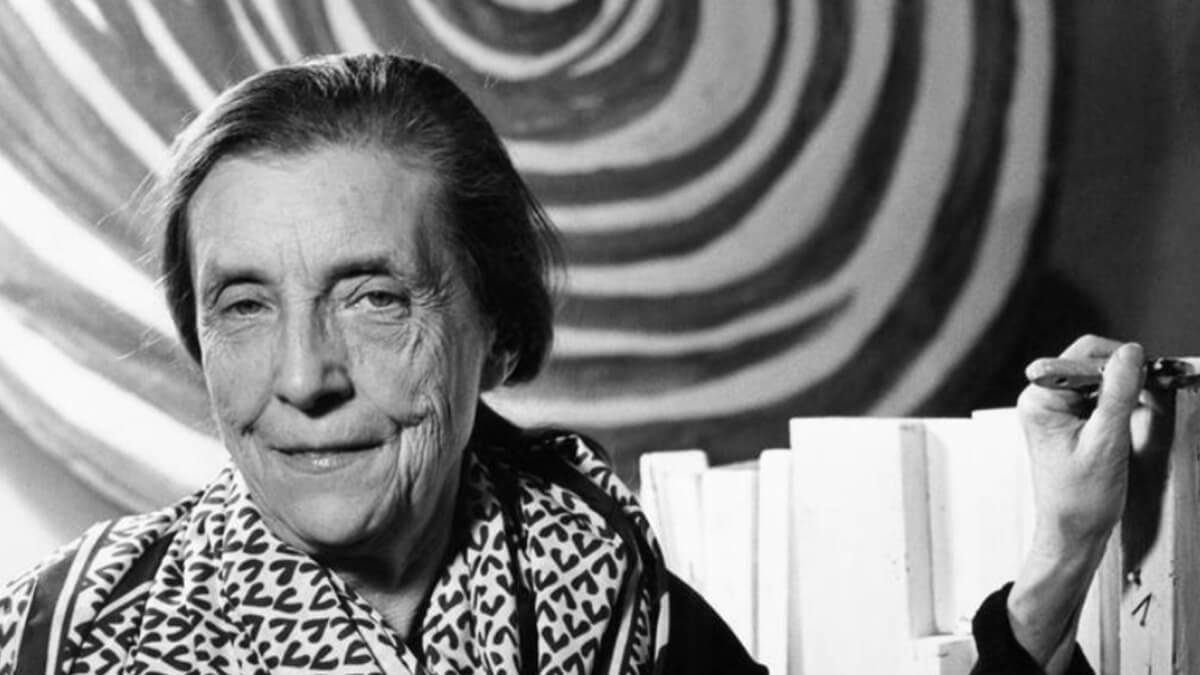
10 Things to Know About Louise Bourgeois
Visual artist, painter and sculptor, Louise Bourgeois has left a huge arachnid-shaped mark on the 20th-century art world. Although the French artist lived until ninety-eight, her remarkable career began much later in life, where her controversial pieces were met with both appraisal and criticism in the United States and worldwide. Bourgeois’ imposing and monumental sculptures continue to be admired (and feared) in the most prestigious cultural institutions, and Artsper invites you to discover 10 facts about the woman behind the spiders.
1. She started her artistic career in New York in the 1940s

Louise Bourgeois began her career by creating completely revolutionary works at a time where conceptual art and abstraction reigned. Bourgeois chose to convey nudity, sex, fear, childhood and memory to the austere attitudes of a United States governed by MacCarthyism. Her works imitated nothing, and could not be imitated. Despite working outside the art scene, Bourgeois still managed to have a few solo exhibitions, when a more profound interest in her works began in the 1970s.
2. Her works are intimate and raw

Louise Bourgeois predominately explored personal aspects of her life in her works, such as her emotions, memories and anxiety. Bourgeois’ memories and anxiety became essential materials in the creation of her sculptures, paintings and engravings; she claimed that “art is the guarantee of sanity.”
3. There is a Louise Bourgeois church in a small village in rural France

In the heart of Bonnieux, a small postcard village in the Luberon, lies the ‘Louis Bourgeois church’. Although the former convent is no longer used, it has been home to some very peculiar sculptures since 1998. This unique idea was commissioned by banker, collector, and convent owner, Jean-Claude Meyer. A confessional made out of an iron cage sits in the church, whilst a token Bourgeois spider weaves its web as it scales the walls of the holy building. The unison of the church’s Carrara marble and Bourgeois’ intimate sculptures, make for a truly unique experience.
4. Her iconic spiders are representative of the mother figure

Standing tall on all eight legs is Louise Bourgeois’ Maman, which can be found in front of some of the world’s greatest museums. The work is a tribute to maternity, particularly Bourgeois’ own mother who passed away when the artist was just eighteen years old. Although menacing in size and appearance, the spider is in fact a positive depiction of motherhood; conveying powerful traits such as intelligence, protectiveness and strength. Through a frightening figure, Bourgeois aims to breakdown preconceived ideas about the spider and reverse its fearsome reputation.
5. She was in therapy for more than 30 years

Through her psychoanalytical artworks, Louise Bourgeois sought to overcome the trauma caused by her father’s affair with their housekeeper, as well as her beloved mother’s early death. Before her retrospective at the Tate Modern in 2007, it was discovered that Bourgeois saw a therapist four times a week, whilst her art also played a key therapeutic role for the artist. Psychoanalysis and Freud were additionally sources of inspiration for the artist, who completed not only therapy-inspired artworks but also writings on Freud himself.
6. In her works, she sought to contaminate the figure of the father.
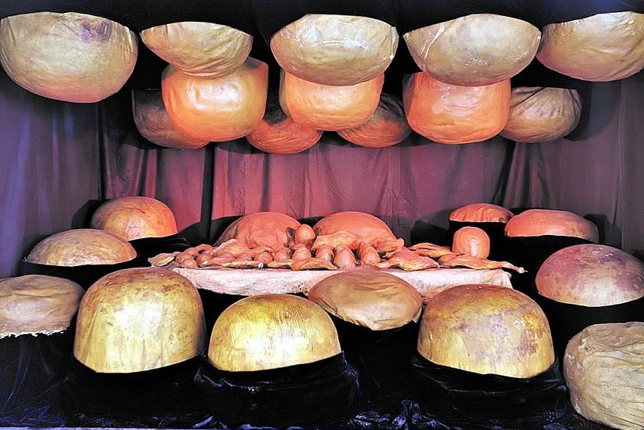
In contrast to Bourgeois’ love for her mother, which she conveyed through her spiders, her hatred for her womanising father was additionally a source of inspiration for the artist. For example, in Destruction Of The Father, Bourgeois depicts a father figure in the middle of a family dinner being devoured by his children. Bourgeois reduced the patriarch to a monstrous pile of organic matter, claiming that “since I was destroyed by my father, why don’t I destroy him?”
7. Despite her feminist works she never affiliated with the movement
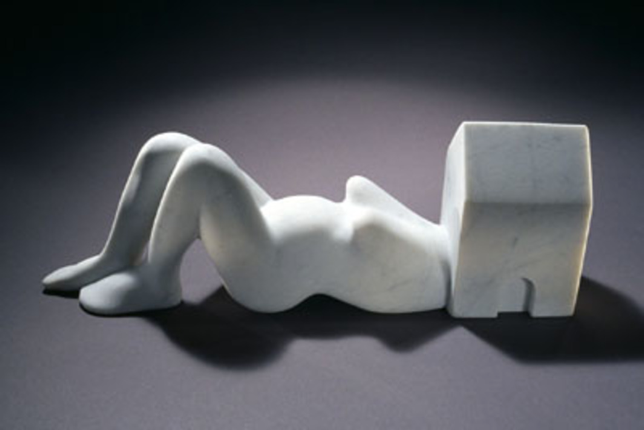
In the 1970s, she supported young women artists and participated in campaigns and exhibitions organised by the MLF (Mouvement de Libération des Femmes). Nevertheless, Bourgeois never claimed to be a feminist, and once even declared: “I am a woman, so I don’t need to be a feminist.” Even though she remained unaffiliated with the movement during her lifetime, she remained an important influence on the female and feminist artists who followed in her footsteps.
8. André Breton was always against Bourgeois entering the circle of Surrealist artists in Paris
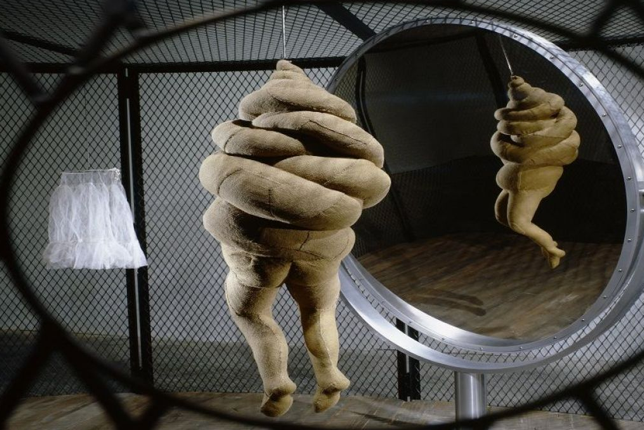
Louise Bourgeois made a failed attempt to enter the circle of Parisian Surrealists due to André Breton’s fierce opposition to her joining. However, this did not prevent Bourgeois from meeting Yves Tanguy and Joan Miró, or from forging strong friendships with Marcel Duchamp and Le Corbusier.
9. She studied mathematics at the Sorbonne University

After completing her baccalaureate at the Lycée Fénelon, Bourgeois studied higher mathematics at the Sorbonne. She specialised in geometry, hoping it would bring order and logic to her life. However, the artist eventually abandoned this discipline, finding it too theoretical for her lifestyle.
10. She performed a rap song at the age of 84
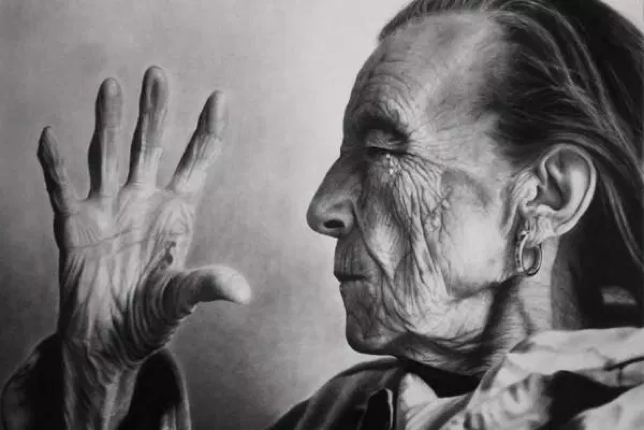
Louise Bourgeois rapped a song called “Otte,” which was written by the video artist, Brigitte Cornand, to the sound of Ramuntcho Matta in the background. Bourgeois plays heavily with the sound of the syllable in “otte,” resulting in a surprising, offbeat and unseen depiction of the artist.
Visual artist, Louise Bourgeois, successfully broke away from the canon and invented new artforms. She carved, stacked, sewed, cut and embroidered her way to leaving an unparalleled impact on the contemporary art world. Revolutionary, strong and sensitive; Louise Bourgeois is an imperative female figure in 20th century art.

About Artsper
Founded in 2013, Artsper is an online marketplace for contemporary art. Partnering with 1,800 professional art galleries around the world, it makes discovering and acquiring art accessible to all.
Learn more













